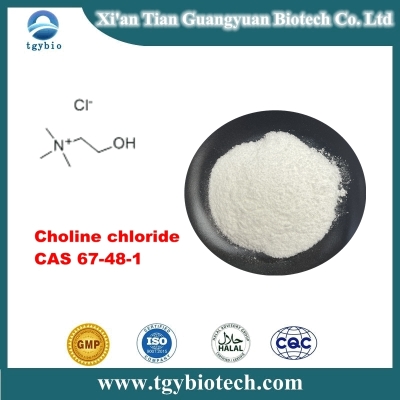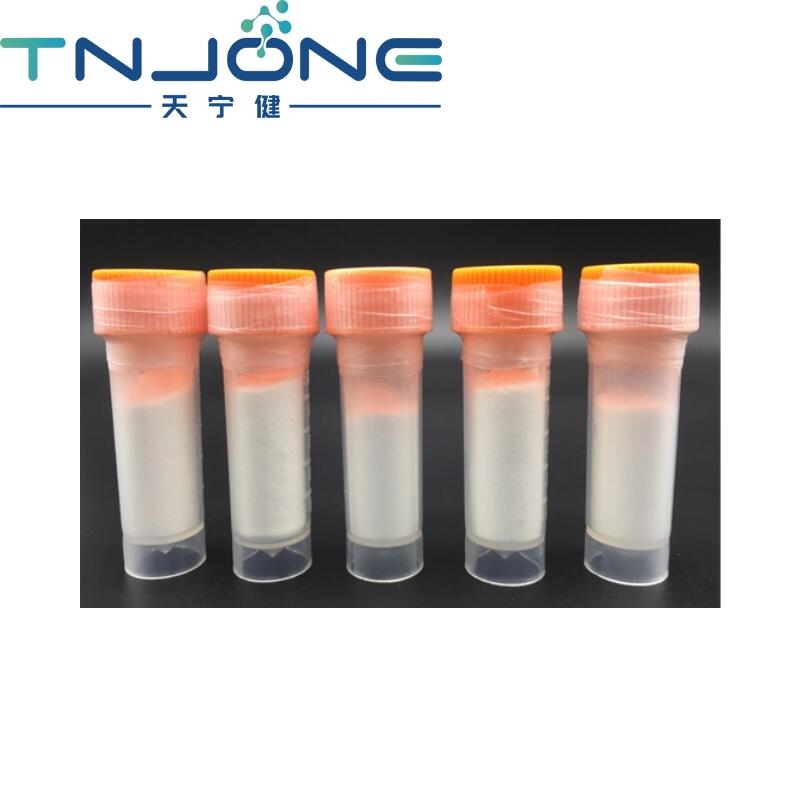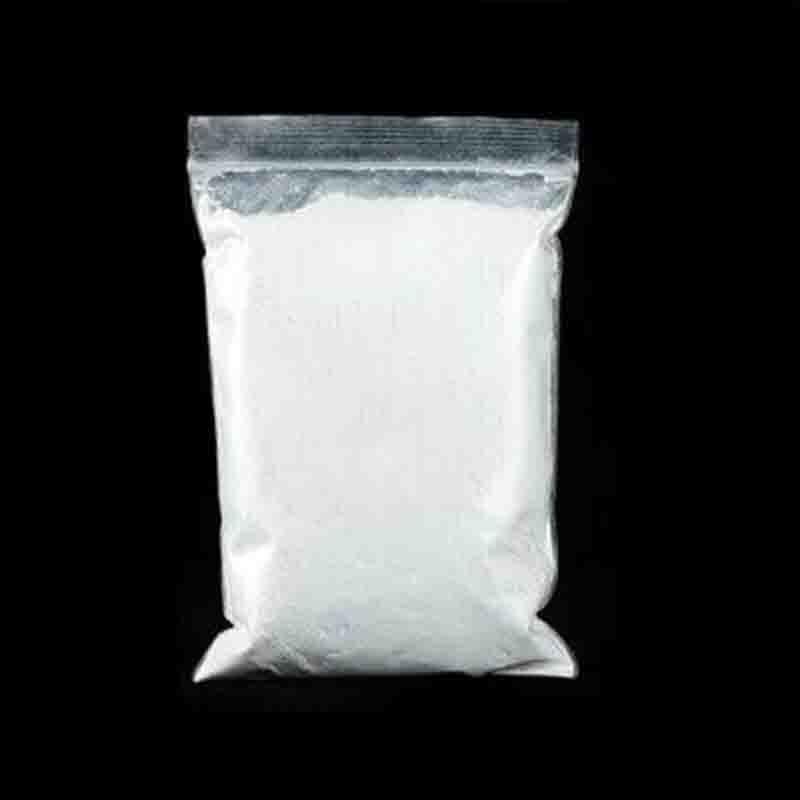-
Categories
-
Pharmaceutical Intermediates
-
Active Pharmaceutical Ingredients
-
Food Additives
- Industrial Coatings
- Agrochemicals
- Dyes and Pigments
- Surfactant
- Flavors and Fragrances
- Chemical Reagents
- Catalyst and Auxiliary
- Natural Products
- Inorganic Chemistry
-
Organic Chemistry
-
Biochemical Engineering
- Analytical Chemistry
-
Cosmetic Ingredient
- Water Treatment Chemical
-
Pharmaceutical Intermediates
Promotion
ECHEMI Mall
Wholesale
Weekly Price
Exhibition
News
-
Trade Service
Paroxetine hydrochloride hemihydrate is an selective serotonin reuptake inhibitor (SSRI) antidepressant medication that is commonly used to treat depression, anxiety disorders, and obsessive-compulsive disorder.
Its synthetic route is complex and involves several steps.
This article will discuss the different synthetic routes of paroxetine hydrochloride hemihydrate in the chemical industry.
Step 1: Benzaldehyde Synthesis
The synthesis of benzaldehyde, which is one of the precursors of paroxetine, can be achieved through several methods, including the oxidation of toluene or the reduction of benzene.
The oxidation of toluene involves the treatment of toluene with oxygen or a peroxide in the presence of a catalyst such as sodium hypochlorite or manganese dioxide.
The reduction of benzene, on the other hand, involves the treatment of benzene with hydrogen in the presence of a catalyst such as palladium or platinum.
Step 2: Nitration of Benzaldehyde
The next step in the synthesis of paroxetine is the nitration of benzaldehyde, which involves the treatment of benzaldehyde with nitrating agents such as nitric acid or nitrobenzene.
This reaction is usually carried out in the presence of a solvent such as ether or benzene, and the resulting product is then hydrolyzed to produce the desired nitro compound.
Step 3: Halogenation of Nitrobenzene
The nitro compound produced in the previous step is then subjected to halogenation, which involves the treatment of the compound with a halogen such as chlorine or bromine.
This reaction is typically carried out in the presence of a solvent such as carbon tetrachloride or chloroform, and the resulting product is then hydrolyzed to produce the desired halogenated compound.
Step 4: Condensation of Halogenated Nitrobenzene
The halogenated nitro compound produced in the previous step is then subjected to condensation with another halogenated nitro compound to produce a dihalogenated compound.
This reaction is typically carried out in the presence of a solvent such as ethanol or methanol, and the resulting product is then treated with an acid to produce the desired compound.
Step 5: Condensation of Dihalogenated Compound
The dihalogenated compound produced in the previous step is then subjected to condensation with another halogenated compound to produce the desired paroxetine intermediate.
This reaction is typically carried out in the presence of a solvent such as acetonitrile or dichloromethane, and the resulting product is then treated with a base to produce the desired compound.
Step 6: Hydrolysis of Paroxetine Intermediate
The final step in the synthesis of paroxetine hydrochloride hemihydrate is the hydrolysis of the paroxetine intermediate produced in the previous step.
This involves the treatment of the intermediate with water in the presence of a catalyst such as sodium hydroxide or hydrochloric acid.
The resulting product is then purified by crystallization or chromatography to produce the desired paroxetine hydrochloride hemihydrate.
In conclusion, the synthesis of paroxetine hydrochloride hemihydrate involves several steps, including the synthesis of benzaldehyde, nitration of benzaldehyde, halogenation of nitrobenzene, condensation of halogenated nitrobenzene, condensation of dihalogenated compound, and hydrolysis of paroxetine intermediate.
These steps require the use of various reagents, solvents, and catalysts, and the resulting product must be purified to ensure its purity and stability.
The synthesis of paroxetine hydrochloride hemihydrate requires careful attention to detail and optimal conditions to ensure successful synthesis.







